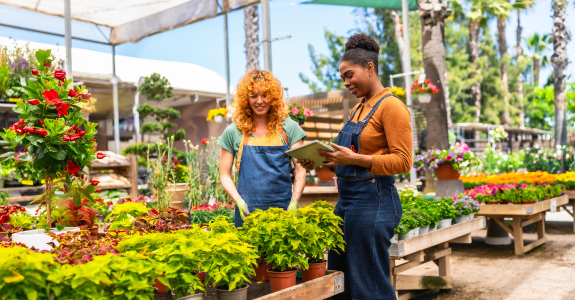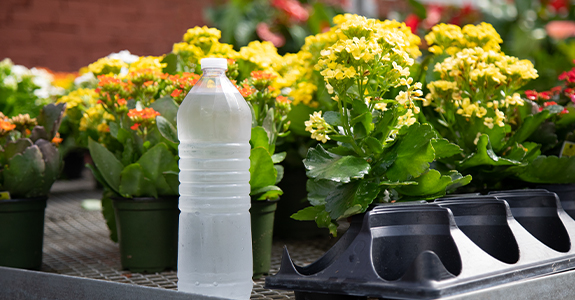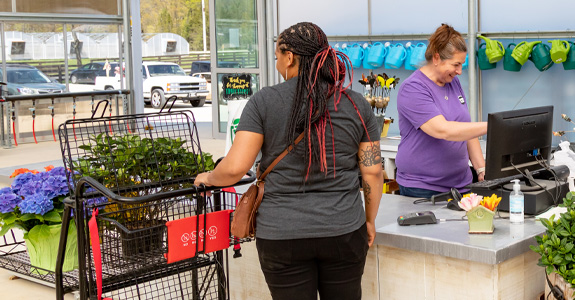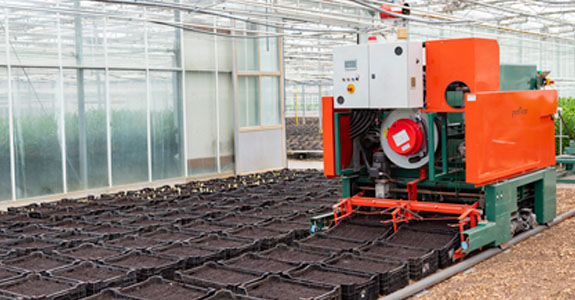Business tips12/15/2025
Horticulture industry trends for 2026
Explore six key trends shaping the horticulture industry in 2026, and learn how to help protect your business from emerging risks while preparing for new opportunities.

Discover some ideas to create new opportunities for your store, attract more customers, and improve the way your business operates.






